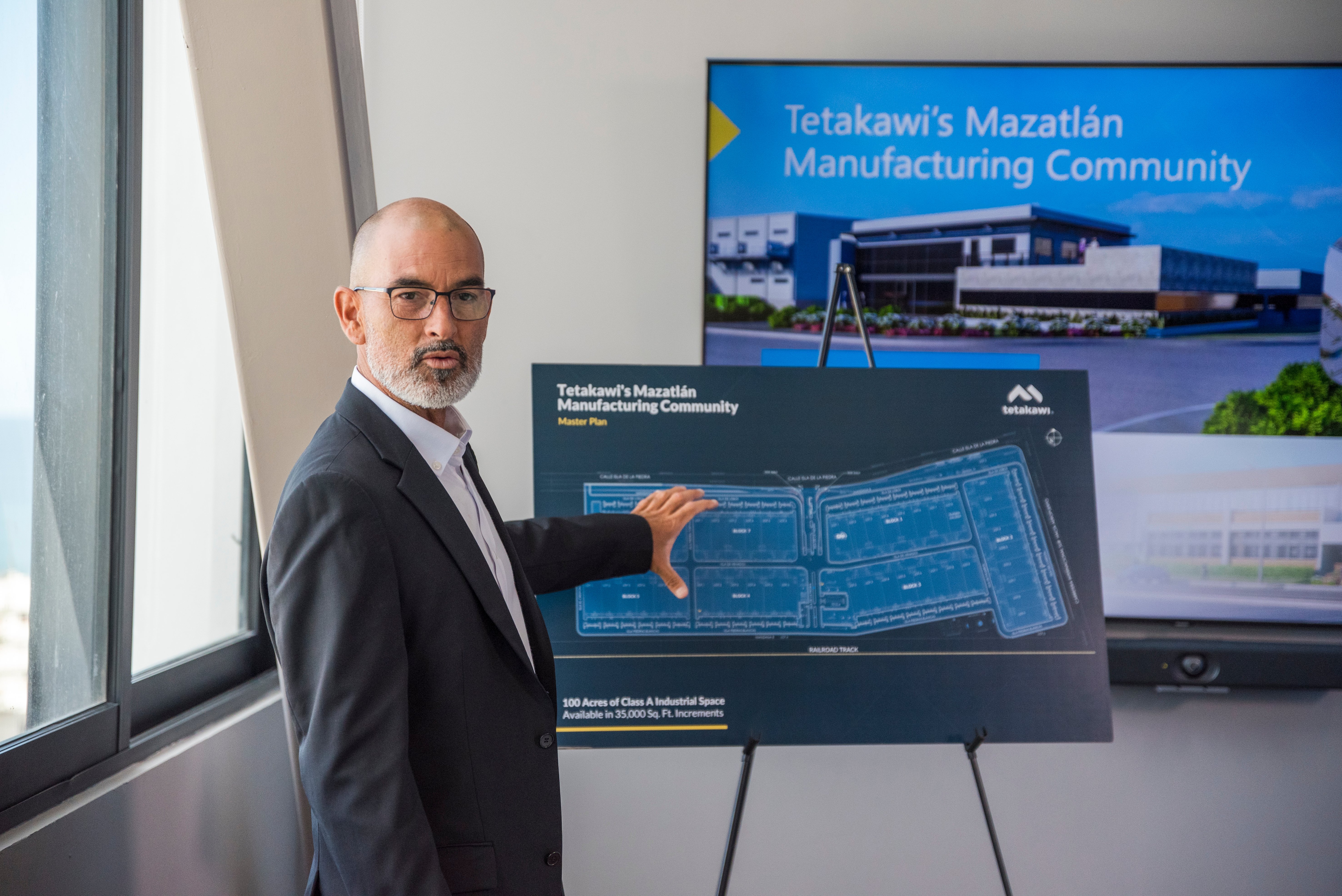Due to its centralized location and exceptional highway and rail connectivity as the only U.S. city to contain six of the seven U.S. Class 1 railroads, Chicago has a long industrial history. According to the National Association of Manufacturers, manufacturing in Illinois accounts for 12.54% of the state’s total output and employs 9.6% of its workforce. In 2018, the state produced $108.43 billion in manufacturing output.
Among other goods, Illinois largely produces machinery, making the state home to one of the nation's leading electrical, commercial, and industrial equipment concentrations. That’s supported by the fabricated metals produced in Metropolitan Chicago, the second largest such fabrication center in the U.S. Illinois is also a large producer of chemicals and plastics, communication equipment, and other electronics. There is a growing base of medical equipment manufacturers in Chicago.
There’s been significant investment in the state to maintain its industrial core. These include improvements in rail service from Mexico to Chicago that aim to help global manufacturers circumvent crowded West Coast ports. As more goods come into North America via Mexico and move directly to the Midwest distribution hub, it highlights the easy connectivity between these two manufacturing centers.
For many Chicago-based manufacturers, Mexico also provides an opportunity to establish a more cost-effective and better-diversified manufacturing approach. Many companies are discovering that a manufacturing or assembly plant in Mexico can support research and development or other more specialized tasks in their home country. In other cases, Mexico provides an opportunity to significantly lower manufacturing costs.
Below, we provide a breakdown of the cost of Manufacturing in Chicago and Illinois at large and the opportunities to reduce costs with a location in Mexico.
Labor costs for manufacturing in Chicago vs. Mexico
The Illinois Manufacturing Excellence Center reports that manufacturing workforce skillsets are evolving in response to the greater use of automation and robotics and shifting consumer product expectations that demand new manufacturing skillsets. Adapting often requires investments in training and professional development that increase the overall cost of manufacturing. Many manufacturers are finding they can better make these investments in workforce training when they can offset costs in other ways.
This is one key area where Mexico provides Illinois-based manufacturers with a competitive advantage. In Chicago, production labor that might average $17.78 per hour without benefits is closer to $6.27, fully fringed, in Mexico.
|
Direct Labor Costs in U.S. versus Mexico |
||
|
Position |
U.S. (National averages based on data from the Bureau of Labor Statistics) |
Mexico (National fully fringed averages based on data from Tetakawi) |
|
Unskilled direct manufacturing labor |
$17.42 |
$4.55 |
|
Welders |
$20.65 |
$6.87 |
|
CNC operator |
$22.23 |
$6.96 |
|
Machinists |
$23.57 |
$8.10 |
|
Quality control auditor |
$17.21 |
$5.82 |
|
CNC Programmer, Technician |
$29.33 |
$8.09 |
|
Production manager |
$56.62 |
$46.11 |
Just as wages differ across the Chicagoland area, different regions within Mexico will command different wages. Workers in cities along the U.S.-Mexico border tend to see higher wages than their peers in locations further to the south. The cost of unskilled manufacturing labor might average $6.17 in the border cities closest to the United States. Those same workers might expect wages to be $4.65 in the automotive manufacturing center of Saltillo or $4.15 in Hermosillo, the highly connected capital of Sonora.
Despite the more competitive pay rates typical of these two cities, both locations are robust manufacturing centers, making it more feasible to recruit experienced employees who can more quickly achieve an employer’s expected level of manufacturing quality.
Average cost of industrial real estate in Chicago vs. Mexico
In addition to its investments in infrastructure, Chicago is also investing heavily in industrial real estate. Cawley Chicago reports that the Chicago area has more than 38 million square feet of industrial space under development. However, rents are growing alongside this demand. According to Cawley Chicago, industrial rents increased approximately 8.7% in Chicago. FreightWaves says some Chicagoland submarkets have seen increases of closer to 20% year over year.
Land constraints limit construction in the in-demand urban centers where workers can be found. As a result, Chicago-rea manufacturing tenants often have to choose between sky-high rates for vertical spaces or a readily available workforce.
|
Typical Monthly Industrial Building Rent: Mexico vs. Chicago |
|||
|
Mexico Triple net rates are given per month per square foot in USD |
Chicagoland Rates are given per month per square foot in USD |
||
|
Mid |
High |
Mid |
High |
|
$0.45 |
$0.60 |
$0.58 |
$0.69 |
Sources: Data from Tetakawi, Avison Young, Colliers
The cost of Class A real estate across many industrial regions within Mexico remains highly competitive compared to rents found in many U.S. markets, including Chicago and its surrounding suburbs. This can significantly offset the overall cost of manufacturing. That said, triple net lease rates for industrial properties in Mexico can vary based on proximity to certain essential services or even by neighborhood.
When it comes to operating costs, most industrial regions of Mexico remain competitive with Chicago and Illinois at large. For example, Mexico has one of the lowest electricity prices in the global market, according to the Ministry of Energy, and rates tend to be equivalent to or competitive with those found in U.S. markets.
|
Average Electricity Rates: Mexico vs. Chicago Rates are given per kWh in USD |
||
|
Mexico |
Chicago |
Illinois |
|
$0.117 |
$0.139 |
$0.58 |
Sources: Data from Tetakawi, Electricity Local
For a more comprehensive overview of utility costs in Mexico, listen to our podcast.
How is your location helping you?
Chicago is a clear case in point that location matters. Its central U.S. location contributes in no small part to its longevity as a manufacturing powerhouse. However, tumultuous supply chain disruptions, labor shortages, and rising real estate costs are reason enough to evaluate a location in Mexico as a potential solution for managing operational costs and long-term stability. A diverse manufacturing footprint provides manufacturers with stability that helps companies to more effectively weather economic storms.
To better understand how a location in Mexico can reduce your operational costs, contact one of our experts for information targeted to your specific manufacturing needs.
Subscribe
Sign up and stay informed with tips, updates, and best practices for manufacturing in Mexico.



.jpg)


